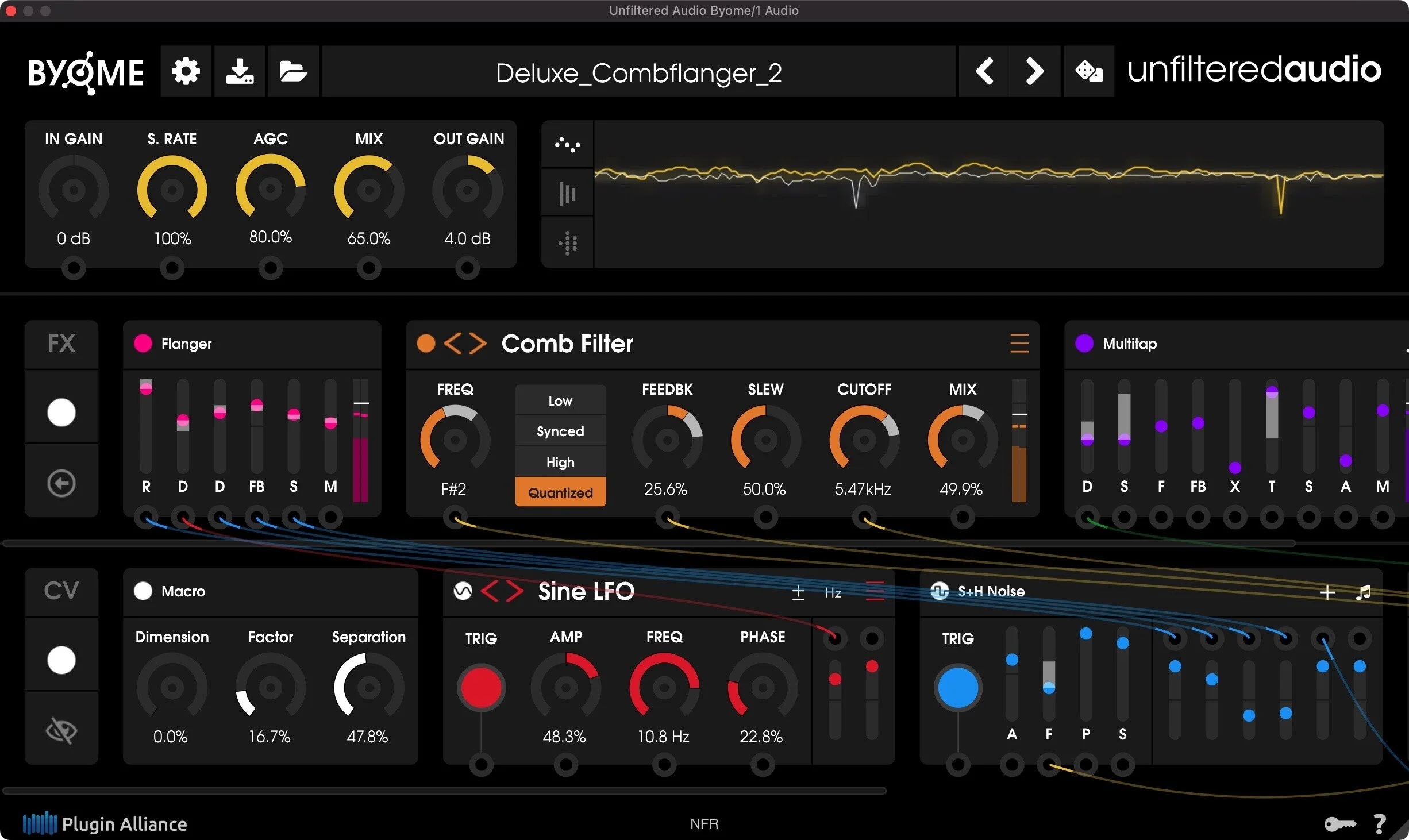In music production, sound design, and audio engineering, the tools you use can make all the difference. Among the most powerful tools in any producer’s arsenal are audio effects plugins. Whether you’re crafting a hit song, scoring a film, or mixing a podcast, plugins can completely transform raw recordings into polished, professional-grade audio.
But what exactly are audio effects plugins, and how do they enhance your sound? Let’s explore.
What are Audio Effects Plugins?
Audio effects plugins are software tools that can be added to your Digital Audio Workstation (DAW) to alter or enhance audio signals. They replicate hardware effects (like compressors, equalizers, and reverbs) or offer entirely new, digital-only effects.
Most plugins come in formats like VST, AU, or AAX, and there are thousands available – from free beginner tools to high-end professional suites.
- Enhancing Clarity and Balance with EQ and Compression
Two of the most fundamental audio effects are equalization (EQ) and compression.
- EQ plugins let you adjust the balance of frequencies in a track, helping instruments sit well in the mix.
- Compressors control the dynamics, making your audio sound tighter, louder, and more consistent.
With these two plugins alone, a dull or messy recording can be transformed into something crisp, clear, and commercially viable.
- Adding Depth and Space with Reverb and Delay
Ever wonder how professional recordings sound so spacious and immersive?
- Reverb plugins simulate the sound of different environments—like concert halls, rooms, or even caves – adding a sense of space.
- Delay plugins repeat sound at intervals, creating echo effects or rhythmic textures.
These plugins give your mix dimension and depth, turning a flat track into a rich sonic experience.
- Creative Sound Design with Modulation Effects
Want to give your sound character and movement?
- Chorus, flanger, phaser, and tremolo plugins modulate the audio in various ways to add subtle or dramatic motion.
- These are especially useful in genres like electronic, ambient, or psychedelic music.
Using modulation creatively can breathe life into otherwise static sounds.
- Shaping Tone and Texture with Saturation and Distortion
Plugins like saturators, distortions, and bitcrushers can radically change the texture of your audio.
- Use them to add analog-style warmth or aggressive grit.
- Great for everything from vintage vibes to hard-hitting industrial tracks.
These effects can make your mix more emotionally impactful and sonically interesting.
- Precision and Control with Utility Plugins
Not all plugins are about flashy effects—some offer powerful utility:
- Noise gates clean up unwanted background sound.
- Limiters prevent clipping and maintain loudness standards.
- Stereo imaging plugins control the width and placement of sounds in the stereo field.
These tools ensure your final output sounds clean, loud, and professional.
Conclusion
In the evolving landscape of music production and sound design, audio effects plugins have emerged as powerful tools that can truly transform your sound. Whether you’re an aspiring musician, a seasoned producer, or a sound engineer, the ability to shape, refine, and elevate audio through plugins opens up endless creative possibilities. From reverb and delay to distortion, modulation, and dynamic processing, these plugins offer precise control over every sonic element, helping you craft unique, professional-quality audio.
What makes audio effects plugins especially transformative is their accessibility and versatility. Unlike traditional hardware, plugins allow users to experiment freely without the limitations of physical gear or studio space. This freedom encourages innovation and experimentation, enabling artists to explore new genres, create signature sounds, and fine-tune mixes with surgical precision.
Moreover, the rapid advancement in plugin technology has introduced intelligent features such as real-time visual feedback, AI-powered enhancements, and analog emulation that bring warmth and character to digital productions. These enhancements are not just for aesthetic improvement—they are instrumental in achieving clarity, balance, and emotional impact in a track.
In both live performance and studio settings, audio effects plugins act as creative catalysts, allowing ideas to flow seamlessly from imagination to execution. They empower creators to push boundaries, break conventions, and build immersive sonic experiences that resonate with listeners.
In essence, audio effects plugins are more than just tools—they are instruments in their own right. When used thoughtfully, they can transform a simple recording into a dynamic masterpiece. As the music industry continues to evolve, mastering the use of plugins will remain a key skill for anyone serious about sound. Whether enhancing subtle nuances or completely reimagining audio landscapes, these plugins are indispensable allies in the pursuit of sonic excellence.

